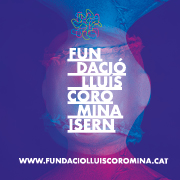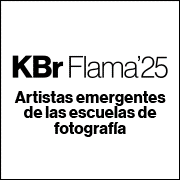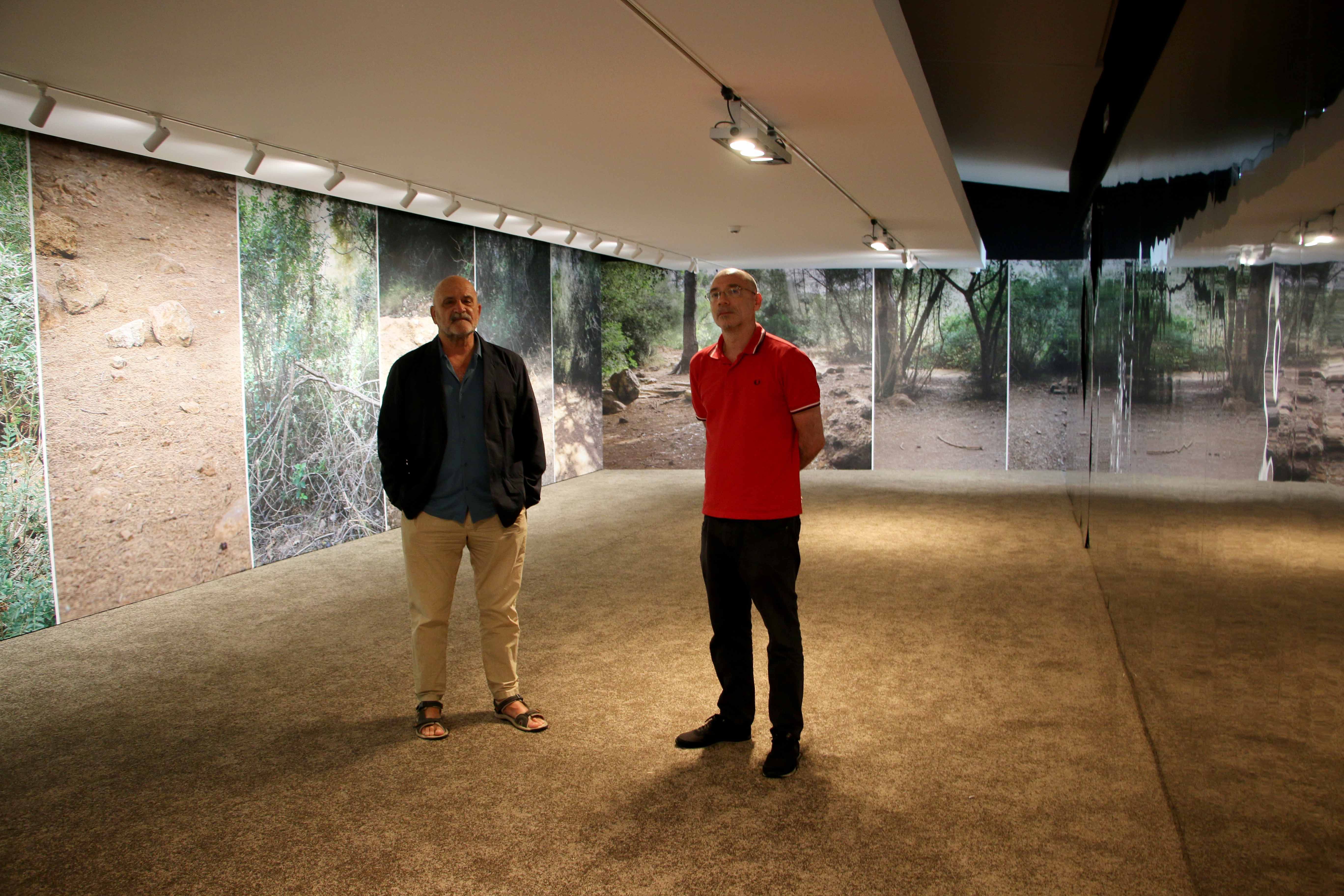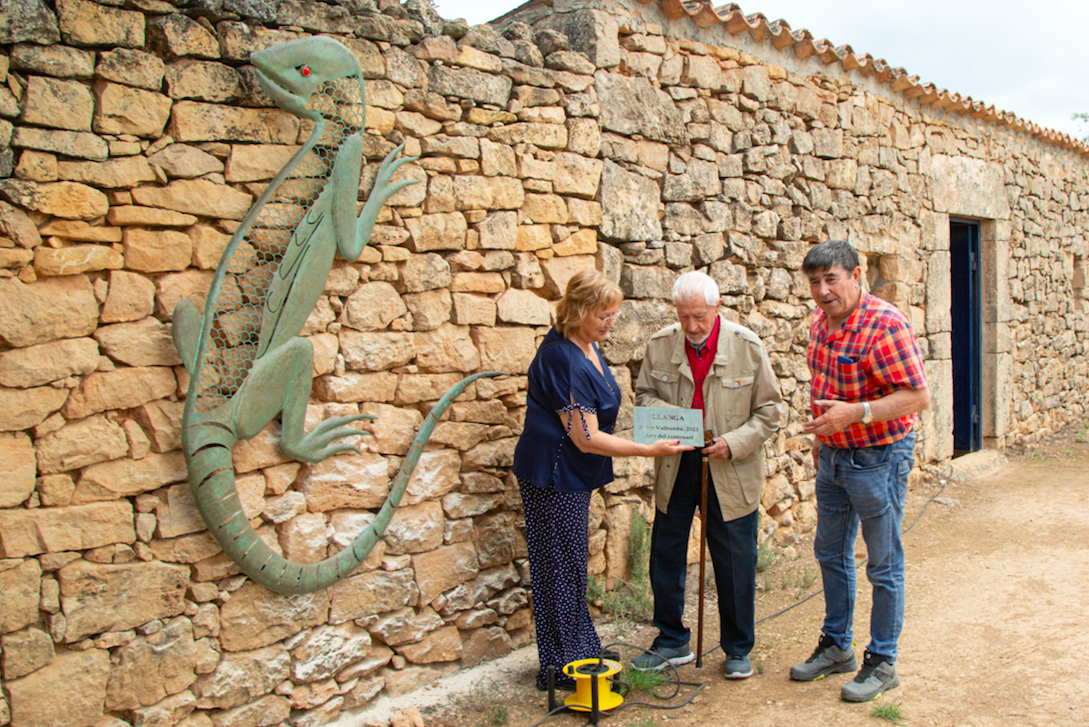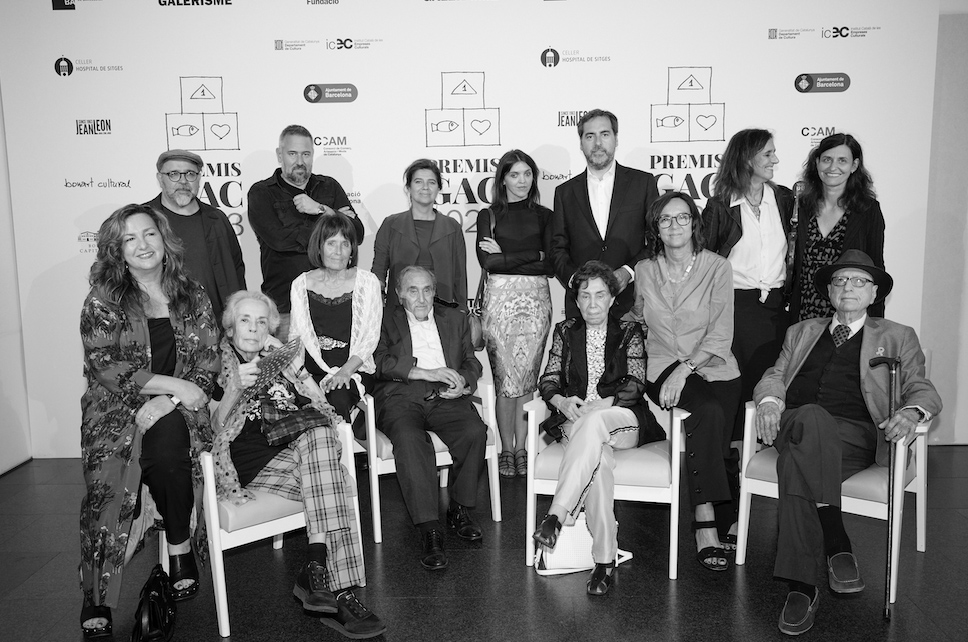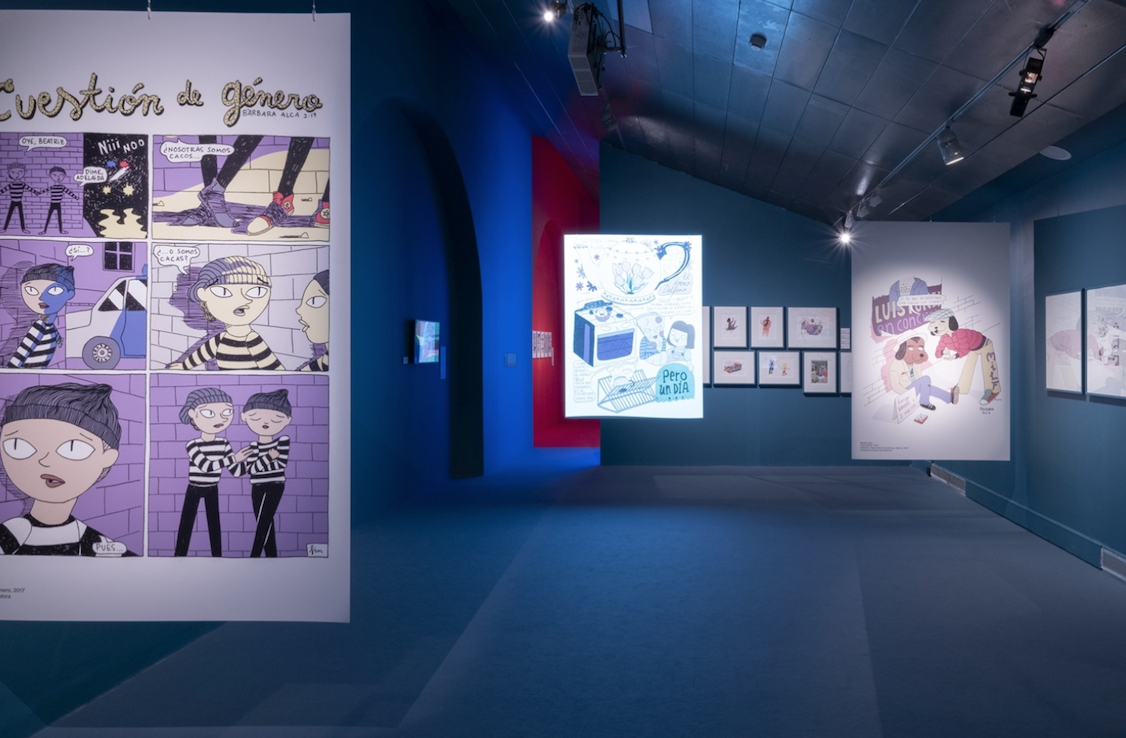Exhibitions
MIRALDA AND ELLE in La Virreina
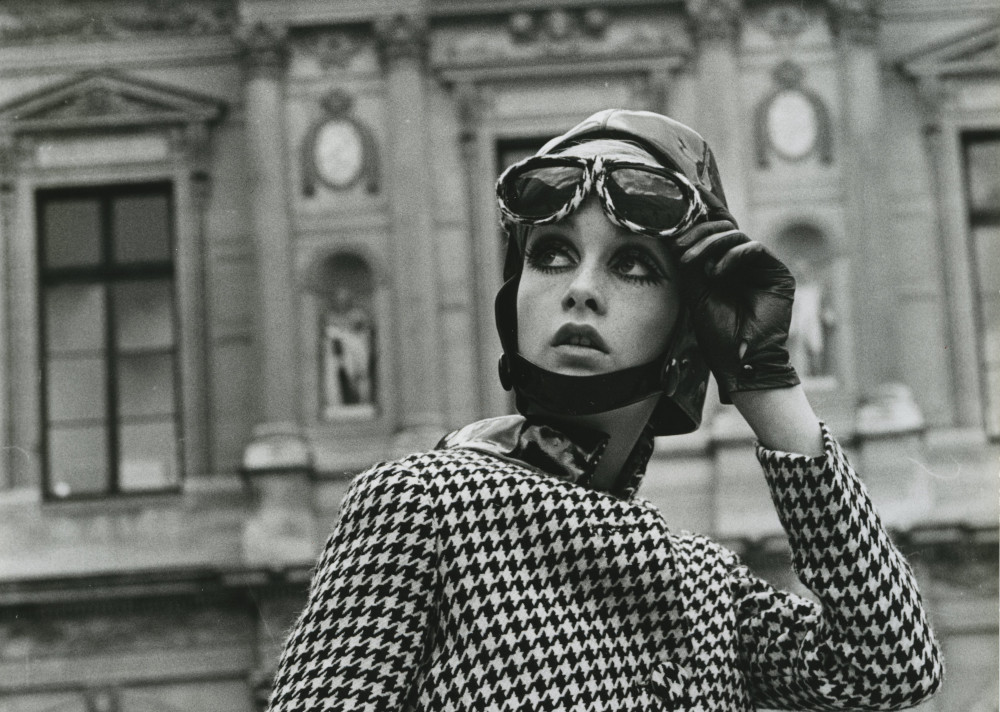
The exhibition that opens next June 21 at the La Virreina Center presents the photographic production that Antoni Miralda (Terrassa, 1942) carried out for ELLE magazine between 1964 and 1971, while living in Paris. These are works that have remained practically unpublished until recently, and that the artist made in parallel to his performances and his object pieces.
MIRALDA AND ELLE, curated by Valentín Roma, highlights one of Miralda's main contributions to the field of fashion photography has been to replace the studio with the street, to use non-coded locations, which demand immediate decisions from models and teams, without the possibility of own environmental construction of the tools. Another innovative aspect is the artist's interpretation of haute couture, since instead of reinforcing the exclusivity of the characteristic designs of the great French houses, he links them to elements of the Parisian landscape that are not very photogenic, via circulation, in markets without pedigree and in areas of the industrial periphery.
Twiggy, the iconic and first supermodel, stars in the most outstanding report of those shown in the exhibition. Next to this, sets of negatives are shown that attest to the selective process from which a single photograph is chosen that will then be included in the published magazine.
It is worth remembering that, during the sixties, there was a boiling of urban tribes, music, cinema, live theater or television, while the phenomenon of fashion alternated between high and low low culture Two seminal books from 1964 illustrate this very well: Notes on «Field» (Notes on the field), by Susan Sontag, and Apocalittici e integrati (Apocalyptic and integrated), by Umberto Eco.
Miralda's photography was inscribed in this atmosphere of effervescence on the street, and it is surprising to see a twenty-year-old sharing credits in ELLE with absolutely legendary authors, such as Guy Bourdin, Helmut Newton or David Bailey, one of the fathers of Swinging London .



